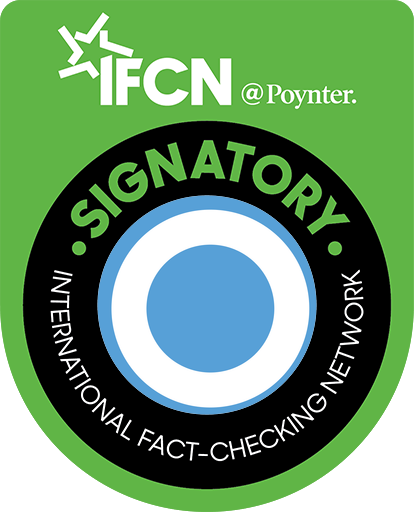Although it is, in fact, a photograph of the sun’s surface, it has undergone a great deal of image editing and manipulation, so only the object photographed is real. Almost as if the reader took a photo of a sunflower and, in the end, with so much photo editing, managed to place the image of several poppies, keeping the contours of the original flower.
fake post on facebook
First, it is clear that the photograph was not shared by NASA, nor even registered by the US space agency. The author of the image is Jason Guenzel, who spends much of his time photographing space.
When sharing the work “Magnetic Sun” on social networks, which is shared as if it were an image recorded by NASA, Guenzel added an extensive text where he explained all the steps to obtain the final image and clarified that, with all the changes, the image “He went from science to art”.
“All astrophotographers have those sessions where the conditions just aren’t good, leaving you feeling like a waste of time or effort. But many of us have become quite stubborn and tend to force lemonade out of these lemons. This sunny shoot was marred by below-average atmospheric conditions, causing a loss of contrast and detail. I took this opportunity to heavily process the resulting image into a stylized version of the sun’s visible surface.” explains the author of the photograph.
Still, it is possible to access the closest photographs of the sun’s surface ever recorded by NASA since 2020. On July 16, 2020, NASA released the first images from the ESA/NASA Solar Orbiter, which launched in February of that same year. year. The images are available on the US space agency’s official website and are quite different from the one widely shared on social media as the real thing.
conclusion
It is false that the image shared in the publication is the “clearest image of the sun’s surface published by NASA”. It is an image captured by the photographer Jason Guenzel who, when sharing it on social networks, was in charge of explaining that it was a highly processed image and that it crossed the border between “science and art” given the intervention it had in the manipulation from image.
Thus, according to the Observer classification, this content is:
WRONG
In the Facebook rating system, this content is:
FALSE: The main content claims are factually inaccurate. This option typically matches “false” or “mostly false” ratings on fact-checking websites.
NOTE: This content was curated by The Observer as part of a fact-checking partnership with Facebook.

Source: Observadora
